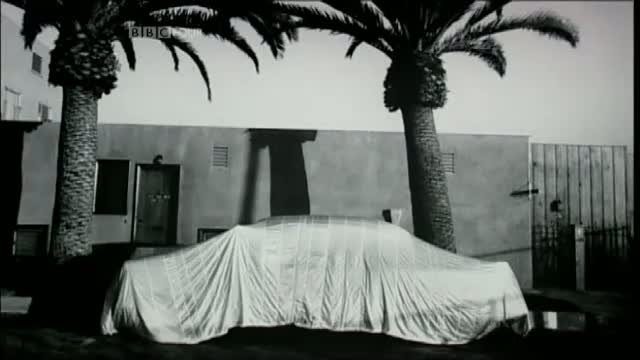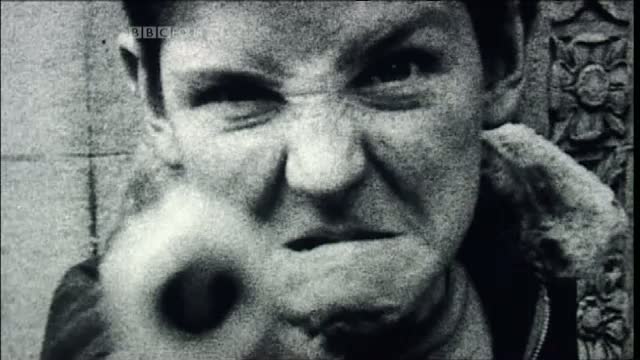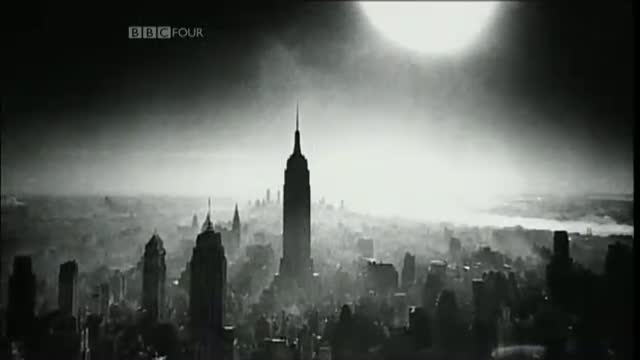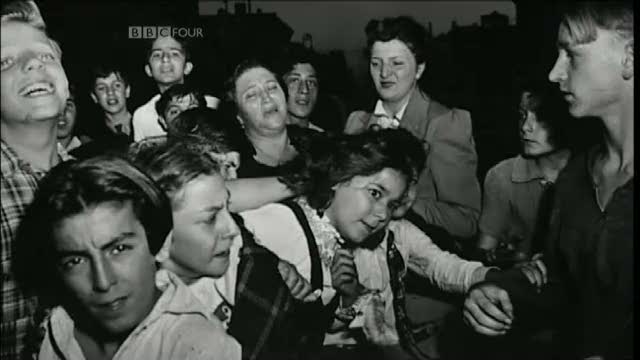This week’s episode looks at the way photographers moved away from the conventions of the fine arts, with their emphasis on portraiture and landscapes, and found their own terrain on the streets of the cities, the highways and beaches of the post-war world.
In all of these places people are not posing for the camera, but just being their natural, and sometimes quite odd, selves. The wonder is that somehow many photogrpahers seem to have had the ability to become invisible and poke a camera right in peoples’ faces without them noticing it.
Robert Frank, a Swiss emigre, made a 9-month journey in his adopted country and recorded it all on film, the result was a seminal book in the history of photo-journalism, The Americans, which paved the way for photographers to get on to the streets and find out what was happening there.
Soon after his return from Paris, where he had been studying painting, William Klein started documenting the streets of New York, and came up with some of the most iconic images of the times.
Back in Britain Tony Ray-Jones took on the awesome task of photographing British Beaches and their otherwordly inhabitants; and there are many more photogrpahers covered in this episode including Ed Ruscha, who in a pop-art way photographed filling stations, Stephen Shore and William Eggleston.
if the video does not appear on the page, try reloading the page; and if that doesn’t work, leave a comment so I can update the page (the comment is not published)

Photograph by Robert Frank

Photograph by William Klein

Photograph by William Klein

Photograph by Weegee the Famous

Photograph by Garry Winogrand

Photograph by Tony Ray-Jones
